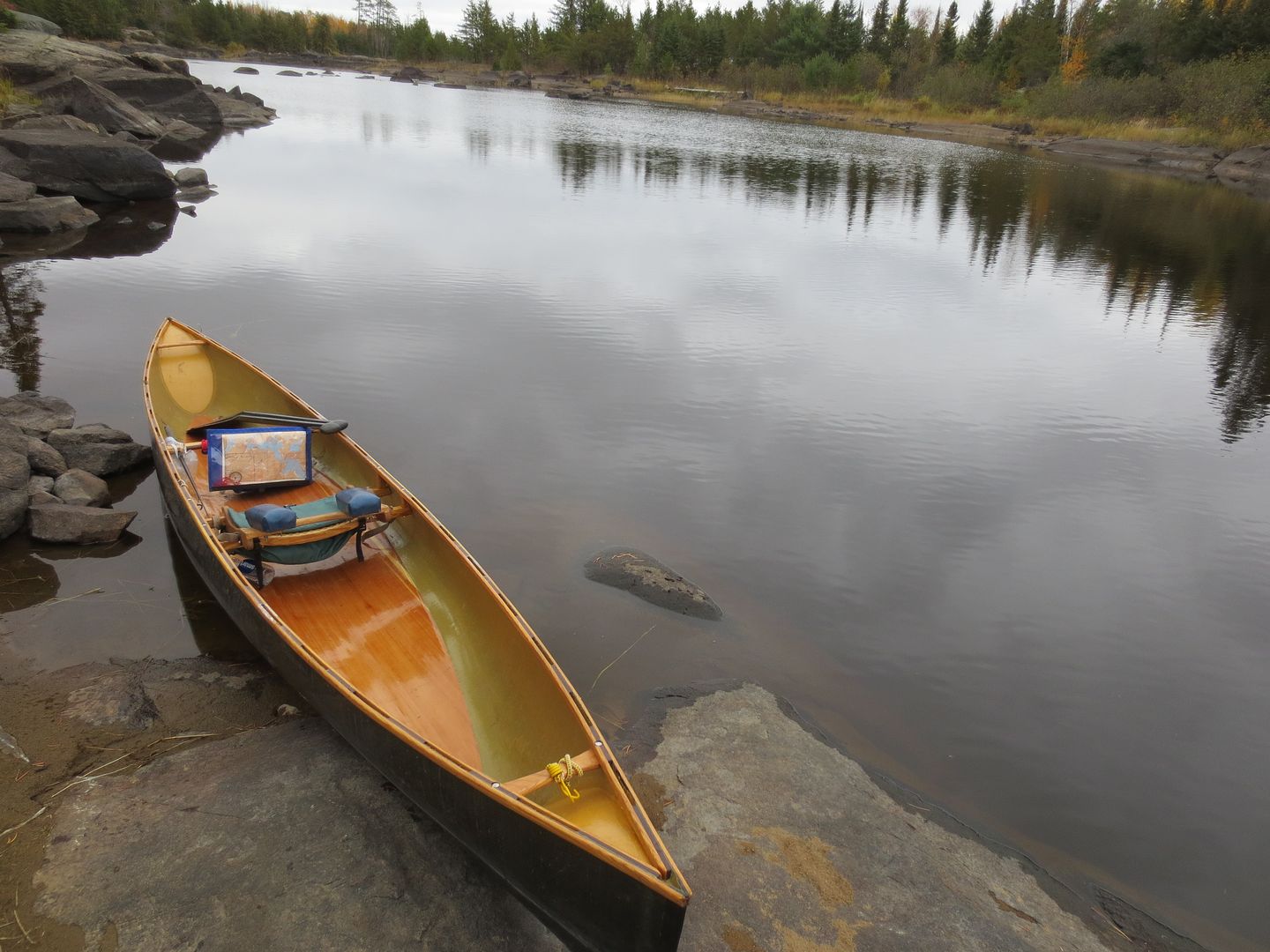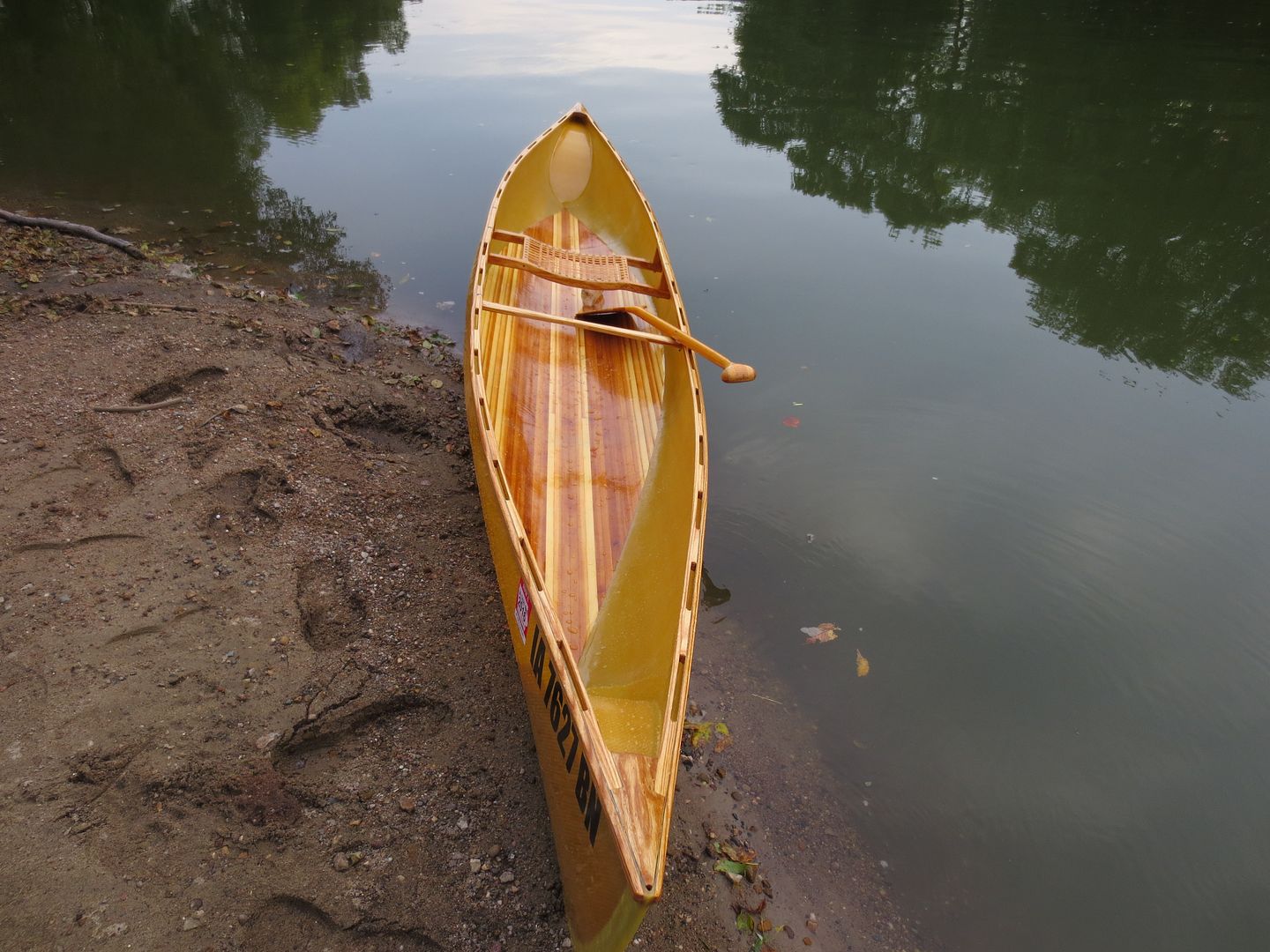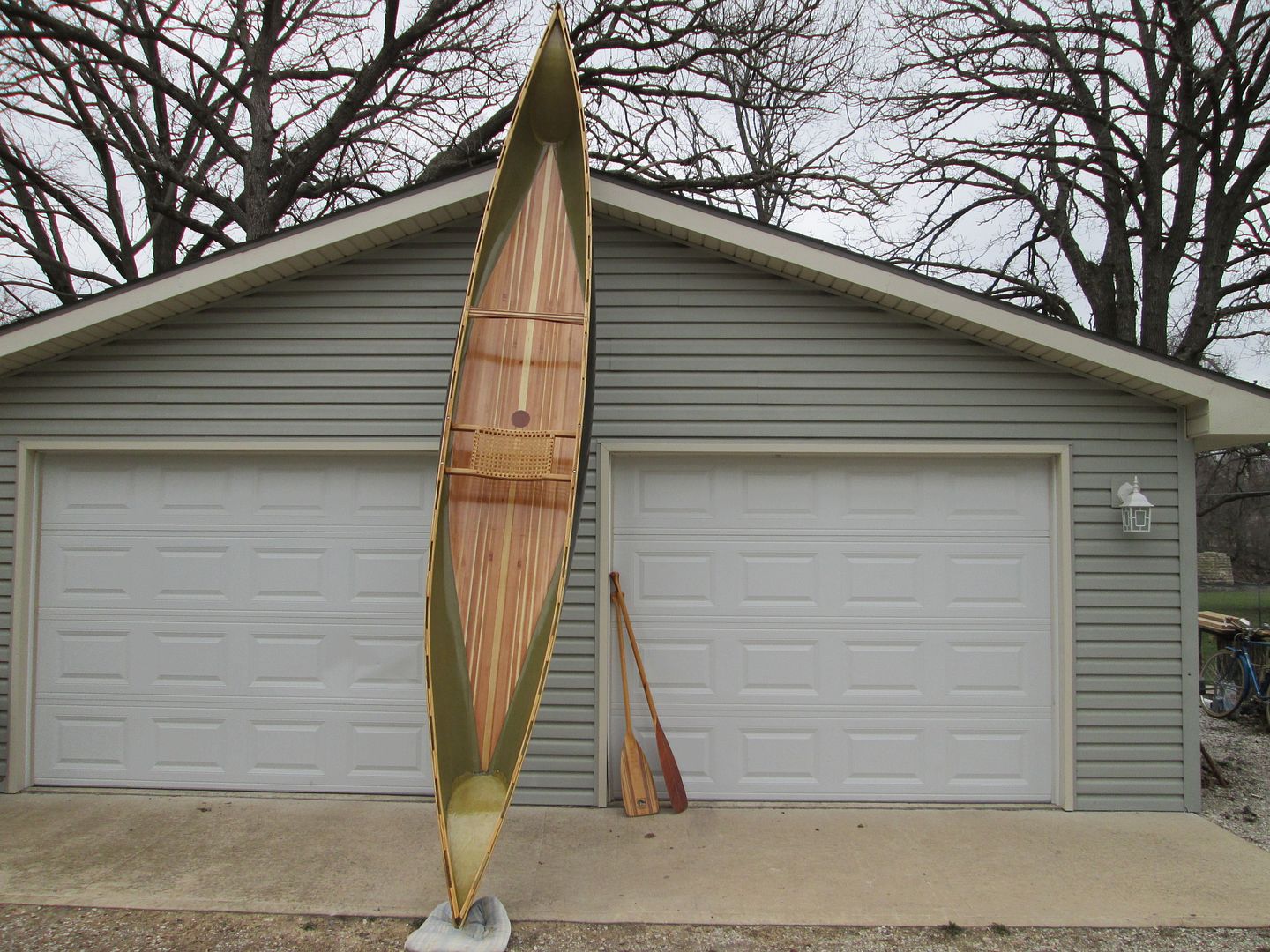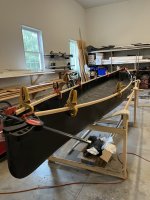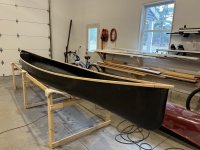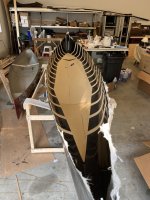I actually find the opposite is true, I've seen far too many ribbed canoes crack right at the rib when hitting a rock because the hull between the ribs can flex more than the rib itself creating a pattern of weak or flexible spots between the ribs, while the ribs themselves are stronger and more rigid.Full foam core layups are usually lighter, stiffer and more prone to damage in abusive situations than ribbed layups. If you like to run into rocks, a ribbed layup will probably better withstand the impact due to its more flexible layup. I've had a ribbed layup canoe for about 30 years (Clipper/Jensen WWIII) and it has been fine. The previous owner had cracked a rib, which was a simple repair. If you're dragging the canoe a lot, then ribbed layups will concentrate wear along the ribs, as the material between the ribs is more flexible. I didn't drag my boat, so it wasn't an issue. Nor did I have any concentrated wear along the ribs. The hull was stiff and never showed any flex which MrPoling mentioned. Clipper makes a higher quality canoe than Mohawk, with heavier layups than Wenonah. Additionally, I have a center-rib canoe (most flexible, for whitewater use) and a foam core canoe (Kevlar ultralight)--they are used for different purposes. A well made ribbed layup will do everything a foam core canoe can do, but there is a weight and stiffness penalty. Neither should oil can. Racing canoes, which require the ultimate in stiffness for paddling efficiency, almost exclusively use foam cores.
The quote by MrPoling doesn't mention any ribbed layup, so I'm not sure what his point is.
foamcore boats tend to have consistent strength and flexibility throughout- while they may scratch or gouge more, I find them hard to actually puncture the hull because that rock doesn't eventually hit a more rigid spot.

